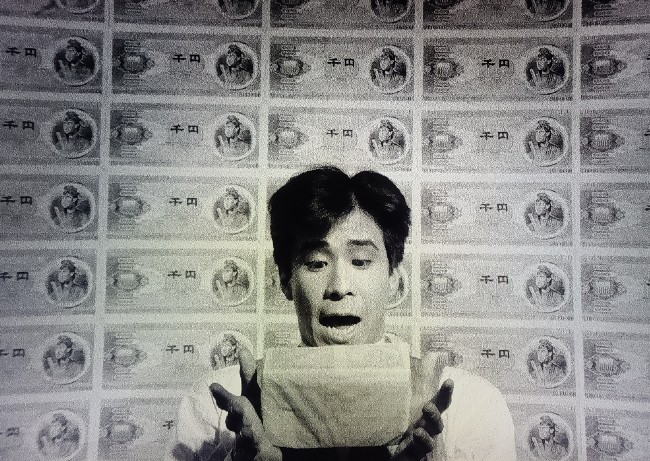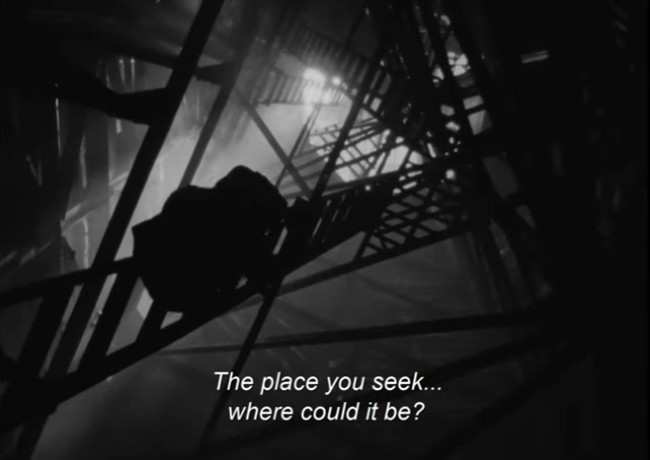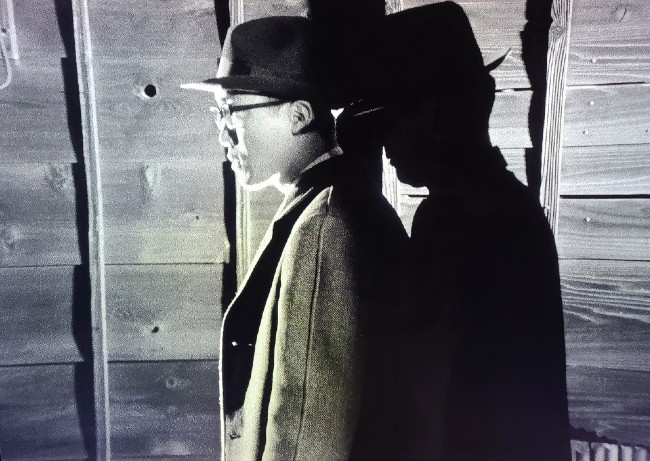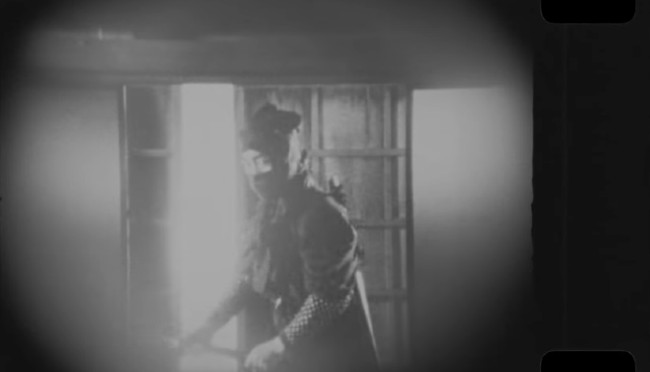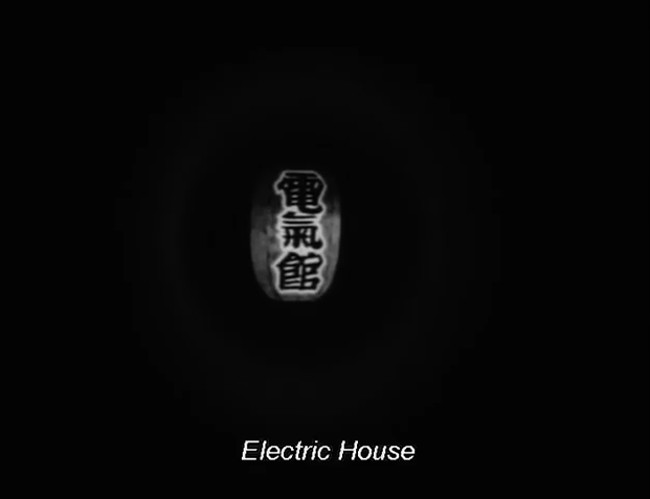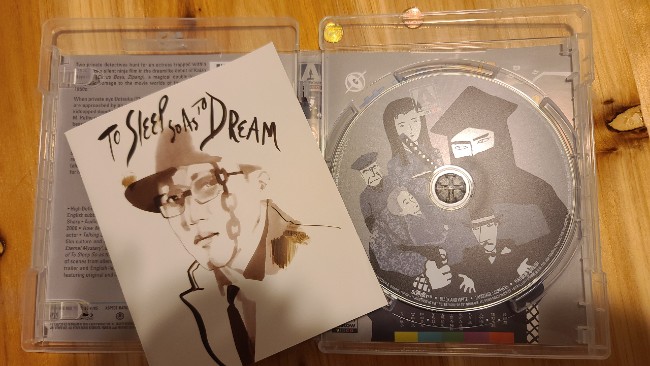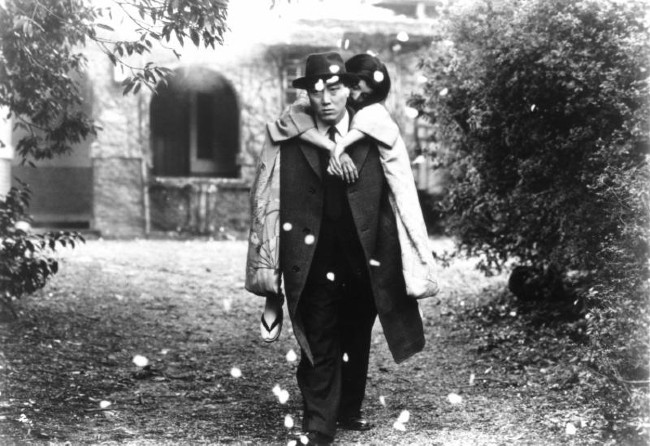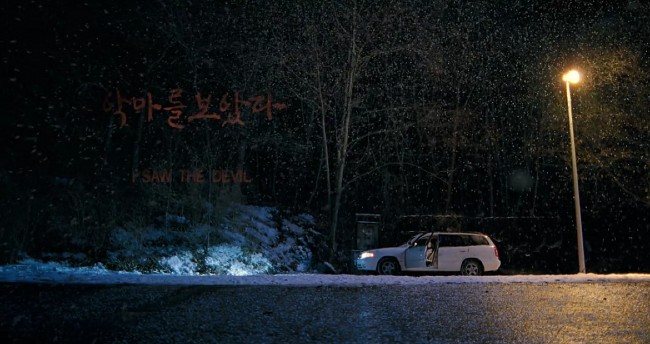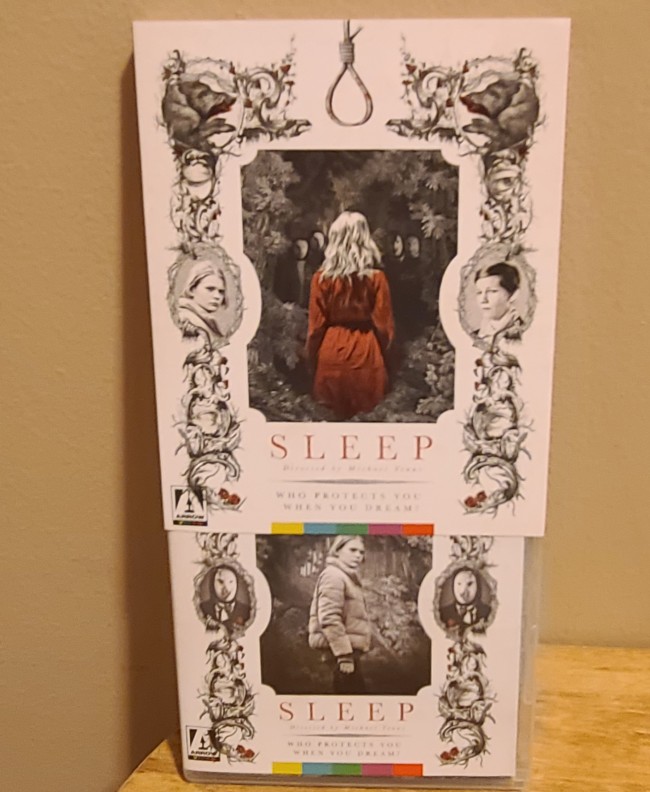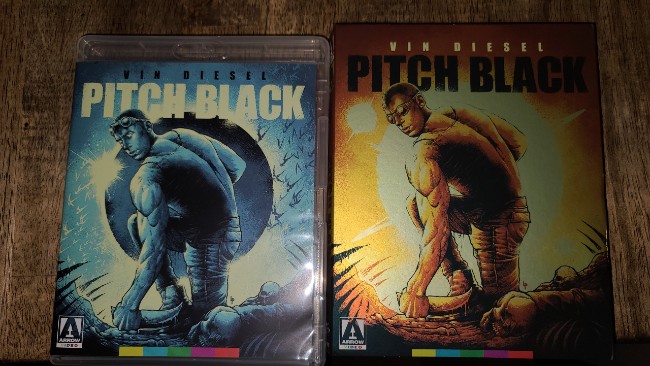In Review: To Sleep As So To Dream on Arrow Video
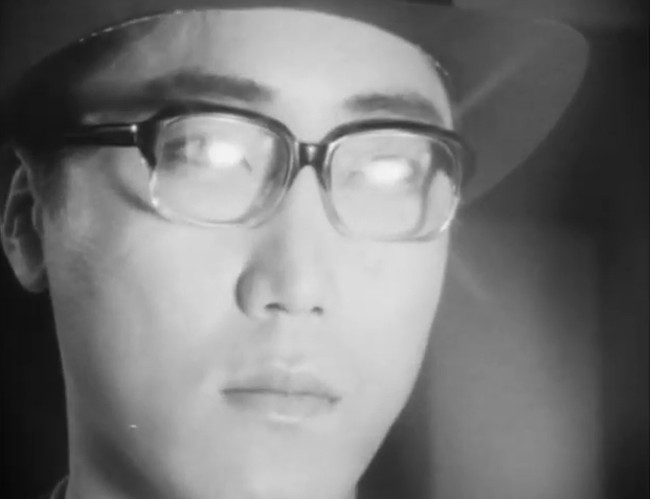
It’s safe to say there’s never been a movie quite like To Sleep So As To Dream. It’s a silent movie with sound. It’s a movie within a movie. It’s a magical tour with fantastical elements. Yet as unique as To Sleep So As To Dream is, it’s not totally unfamiliar. It’s a detective story and it’s a love story.
Film Noir
To Sleep So As To Dream is set in post World War II Japan sometime after the war. When is not specifically stated, but clearly it’s meant to be set in the years shortly after the war. It’s a time when gumshoes were chasing blackmailers, insurance salesmen were being double crossed, and criminals were shooting it out in the streets with police officers. It was a time when the film noir ruled the cinema. Although filmed at least forty years after the last true film noir was released, To Sleep So As To Dream is film noir. Some would call it Neo-noir.
The Utosuka Detective Agency is hired to find Madame Cherry-Blossom’s daughter Bellflower and pay a one million yen ransom. Bellflower has been kidnapped by the mysterious M. Pathé. Unlike the mystery movies of today where the mystery is solved by an “ah ha” moment the audience could never see coming, there is real detective work going on in To Sleep So As To Dream. Clues are given along the way pointing to the truth. These clues are given in the form of riddles Utoskua picks up during the course of the movie. Like a good mystery Utoskua and his assistant Kobayashi are lead down a path riddle by riddle not knowing where it may take them. And like a good mystery there’s someone on the other end pulling the strings. This isn’t a mystery for the audience to solve, it’s a mystery Uotsku to solve on his own. We’re just along for the amazing ride.
Black and White
Filmed before it was possible to convert color film to black and white, think The Man Who Wasn’t There, director Kaizô Hayashi and Cinematographer Yûichi Nagata take full advantage of the lights, shadows, and camera angles. A scene of Uotsuka and Kobayashi climbing a ladder to get the top of a tower highlights the light and shadow dichotomy used throughout the movie. Sunlight is dissected by a ladder system which leaves the two men in shadows which we view from an upward angle. Shadows, both literal and metaphysically, play a large part in the movie. We’re reminded at times of early Alfred Hitchcock and The Third Man. To Sleep So As To Dream fits firmly in the film noir genre, except it’s not simply an homage to the film noir movies of yesteryear. There’s a lot more going on than a detective trying to find a kidnapped girl.
The Sounds of Silence
To Sleep So As To Dream is a silent movie with sound. While Outuska, Koboyashi, and the other characters’ dialog are displayed in text on the screen, like a silent movie, horns are honked, film projectors hum, car doors are slammed closed, and gunshots ring out. The voice of the mysterious M. Pathé, the kidnapper, can be heard giving his riddles and demanding more yen for the release of Bellflower.
The transition between silence and sound is not as jarring as one would assume. Uotsuka and Kobayashi are sitting in silence when a phone rings. It’s not an uncommon scene in a movie. It’s not even uncommon not hear what’s being said on the end of a phone. What’s uncommon is when Uotsuka replies his dialog is displayed on a plate of text as seen in countless silent movies. By the time you realize what’s going on you’re already invested in the story. It’s not a distraction, but an element used to tell a very interesting story. Hayashi has masterfully blended sound and silence into one movie.
A Movie Within A Movie
To Sleep So As To Dream is a silent movie within a silent movie. It’s practically a mini education in silent movies.The silent movie, “The Eternal Mystery,” plays three times in the movie. Once at the beginning of the movie, once in the middle, and the last time at the end of the movie. However, we never see how “The Eternal Mystery” is resolved. Nitrate stock, which “The Eternal Mystery” would have been filmed on, isn’t the hardiest of materials. Exposed to a heat source like a projector’s lamp it can burn. This is exactly what happened to the ending of “The Eternal Mystery.” The villain of To Sleep So As To Dream, M. Pathé, is a shout out to the golden years of silent movies. Pathé, the real company and its founder Charles Pathé, was a leading figure in French cinema and silent movies at the turn of the 20th Century. Hayashi even incorporates a benshi into the movie. A benshi was someone who would narrate the movie as it played to audiences.
David Lynch
Hayashi’s To Sleep So As To Dream takes inspiration from the great directors of film noir, from silent movies, and from early Japanese directors like Kenji Mizoguchi. But like all good films, To Sleep As So To Dream inspired directors that followed it. Released three years before Twin Peaks the similarities between To Sleep As So To Dream and David Lynch’s ground breaking series cannot be ignored.
Throughout the movie Uotsku and Kobayshi witness magical things they don’t question. M. Pathé seamlessly moves from the silent movie to the real world. Eggs are turned into baby chickens and fried eggs. The two detectives are transported back into time to see a staging of “The Eternal Mystery.” Even more interesting, the two detectives become characters to complete a movie left unfinished for fifty years. In a move that would make Lynch smile Uotsku enters “The Eternal Mystery” to bring Bellflower, who has fallen in love with, into the real world. All this is not to say Hayashi inspired Lynch. It’s also not to say that he didn’t inspire Lynch. However, the argument can be made that he did inspire Twin Peaks.
Special Features
Arrow Video once again has packed on the special features for To Sleep So As To Dream. The first thing you will notice is how clear and vibrant the picture is on your television. There’s a short featurette on the restoration of the film. If there is one critique of the restoration is that it is too good. The restoration almost gives the movie a low budget feel. Although the movie did not have a huge budget there is nothing cheap about the movie.
Shiro Sano talks about his career and filming To Sleep So As To Dream. Midori Sawato gives a lesson on the history of the benshi and also narrated “The Eternal Mystery.” There’s a brief featurette which includes clips from early Japanese silent movies.
Arrow Video has included two commentary tracks on the disc. One commentary has director Kaizo Hayashi and Shiro Sano. The other commentary is by Japanese film experts Tom Mes and Jasper Sharp. Full disclosure, the commentaries were not viewed as to not influence the thoughts on our original review of the movie.

